Things That Go Bump in the Night
Nighttime is an important part of camping out... the air begins to cool as the sun goes down, campfires crackle and sounds begin to change. As most of the woods settles in for the night, many creatures are just beginning to rouse. Likely, we’re familiar with the common night animals, (raccoons, opossums, bats, owls and mosquitoes), but we'd like to introduce you to a few you may not have met yet.
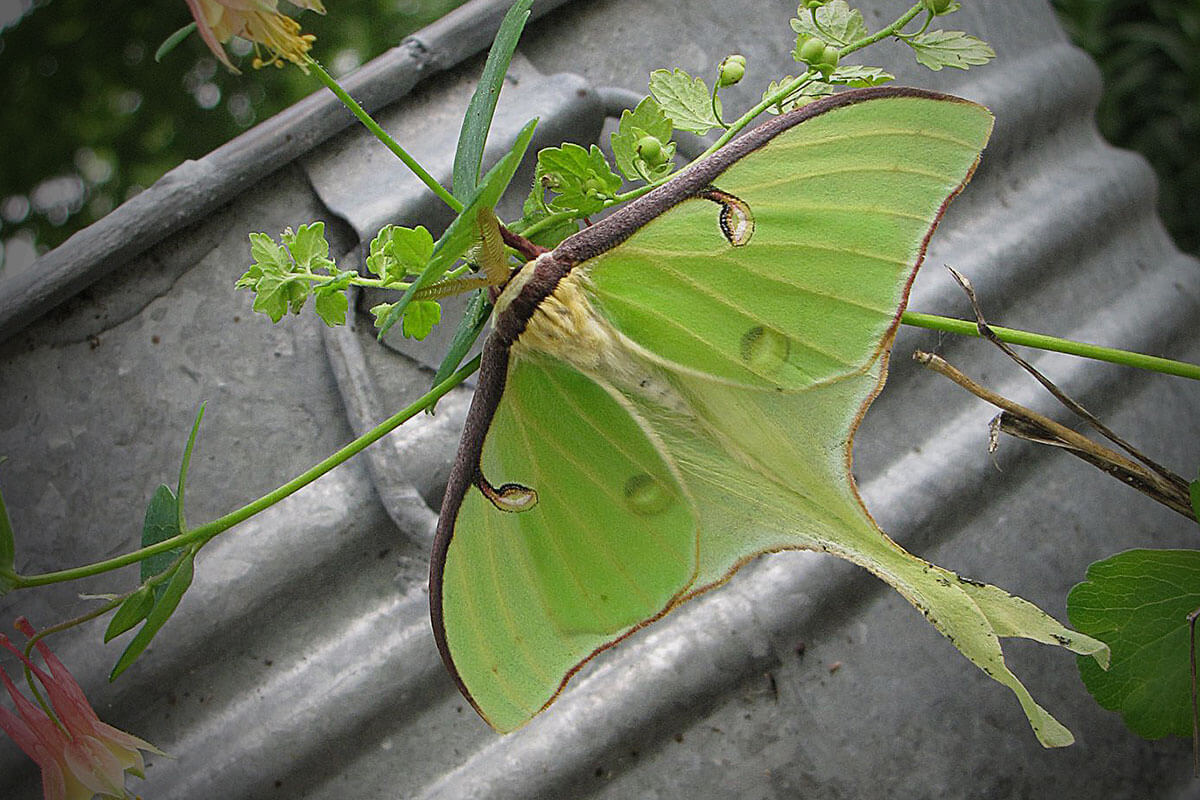
Luna
Late May-June and again in late July-August is when the beautiful Luna moth appears on the scene. As its name implies, the Luna is active mainly at night, however it may be emerging from its cocoon during the day. (Watch for something that looks like a crumpled leaf.) The Luna moth is especially vulnerable during this stage as it pumps its wings up with a fluid and waits for them to harden. One of the largest moths in North America, the Luna is a sight to behold.
So... get out there and enjoy, (but don't touch.)
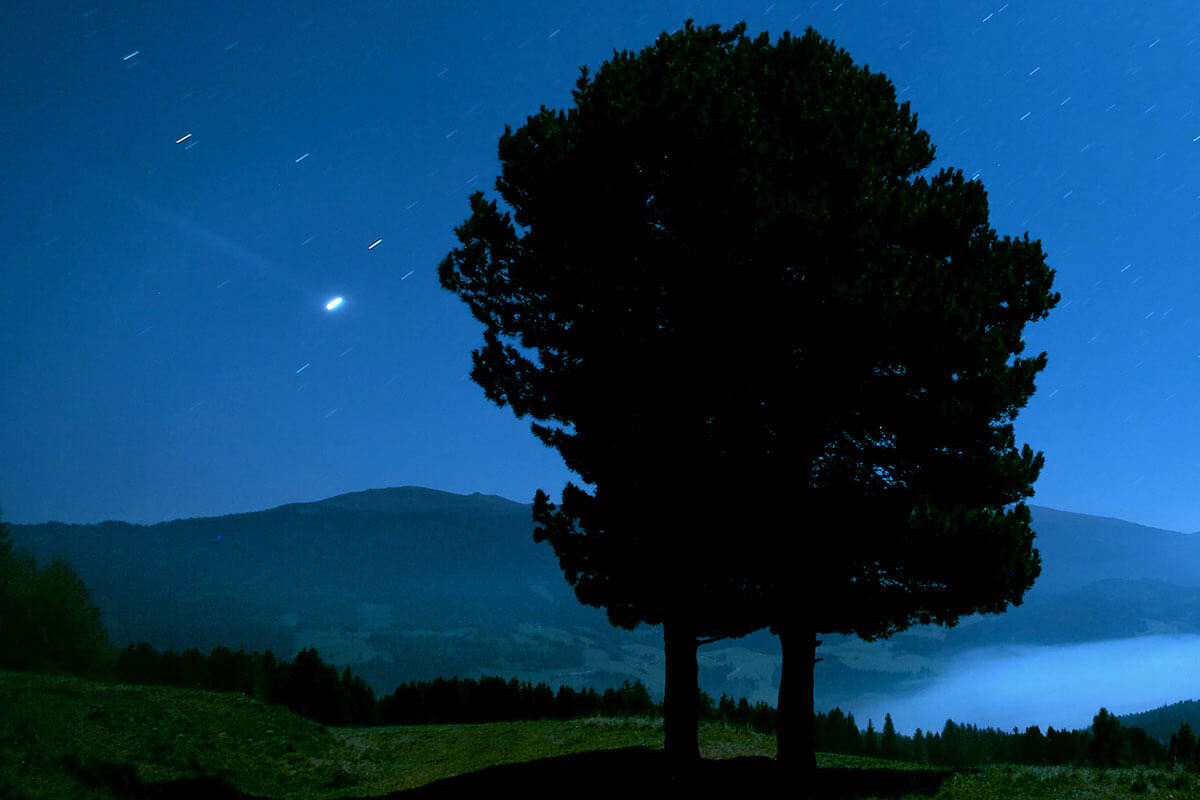
Night Walkers
As the colors of evening fade into night, don’t be fooled into thinking it’s time to wind things down. Watch for a clear sky, and be ready for a NIGHT WALK! (And, YES, this is great for kids as well as adults!!)
Throw on light colored shirts to make it easier to see each other in the moonlight, prep everyone with your favorite mosquito repellent, and let the fun begin. Note: plan on taking flashlights ONLY for emergency. Start out by getting yourself (and everyone else that’s ready for adventure) to a place away from all artificial light. It takes our eyes about 20 minutes to adjust to low light conditions, so talk about night animals, smells and sounds that are different after dark... then start walking slowly as your vision adjusts. For safety, choose a familiar path. P.S. If the moon is out, try to NOT glance at it – it will mess with your night vision AND remember to keep quiet so you'll be sure to see more wildlife.
So... get out there and MAKE MEMORIES. Can’t wait to hear what everyone discovers!!
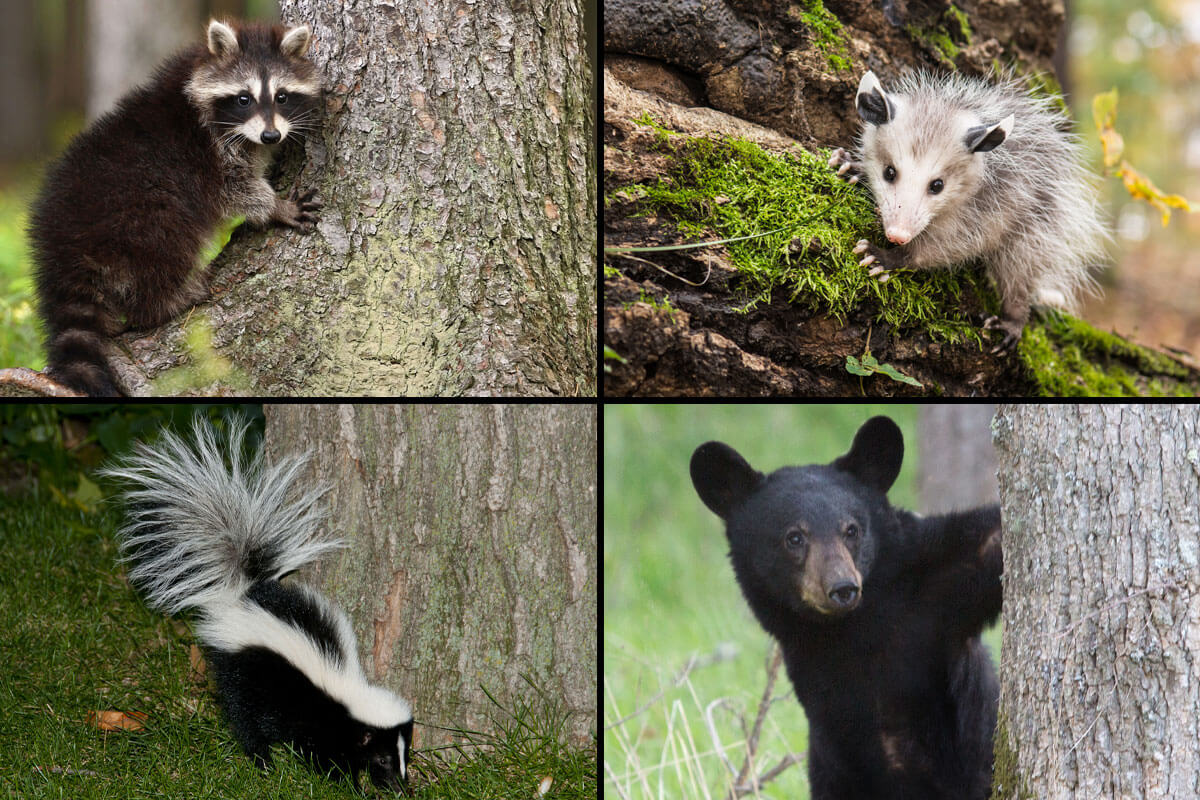
Furry Bandits
While many night visitors of the forest may be interesting to observe, we figured we should discuss some of those you won’t want visiting (and what to do to keep them from dropping by.)
Big or small, the furry pests that like to snoop at night are really only cute at a distance. Why do they love us so much? We bring all sorts of food (and things that just smell like food) with us. In summary, keep anything that smells like food far from the campsite and sealed up tight. Even if you’re not camping in bear country, act like you are. Keep food and drinks inside the RV or car/truck. Place food scraps and garbage in trash bins away from campsite... (even food grease smells like food.) Avoid using toiletry items that smell yummy. You can also spray the perimeter of your area with a solution made from a fresh jalapeño and 2 tablespoons cayenne and 1 quart water. (Boil 20 minutes and remove jalapeño.)
If someone does show up uninvited, however, remain calm. The best thing to do in most cases is be perfectly still, and they will eventually go on their merry way. If, however, you’ve been detected by something that looks an awful lot like a skunk, they will stomp their front feet to intimidate you before spraying... that’s your cue to leave!!
Here’s wishing you all an uneventful summer!
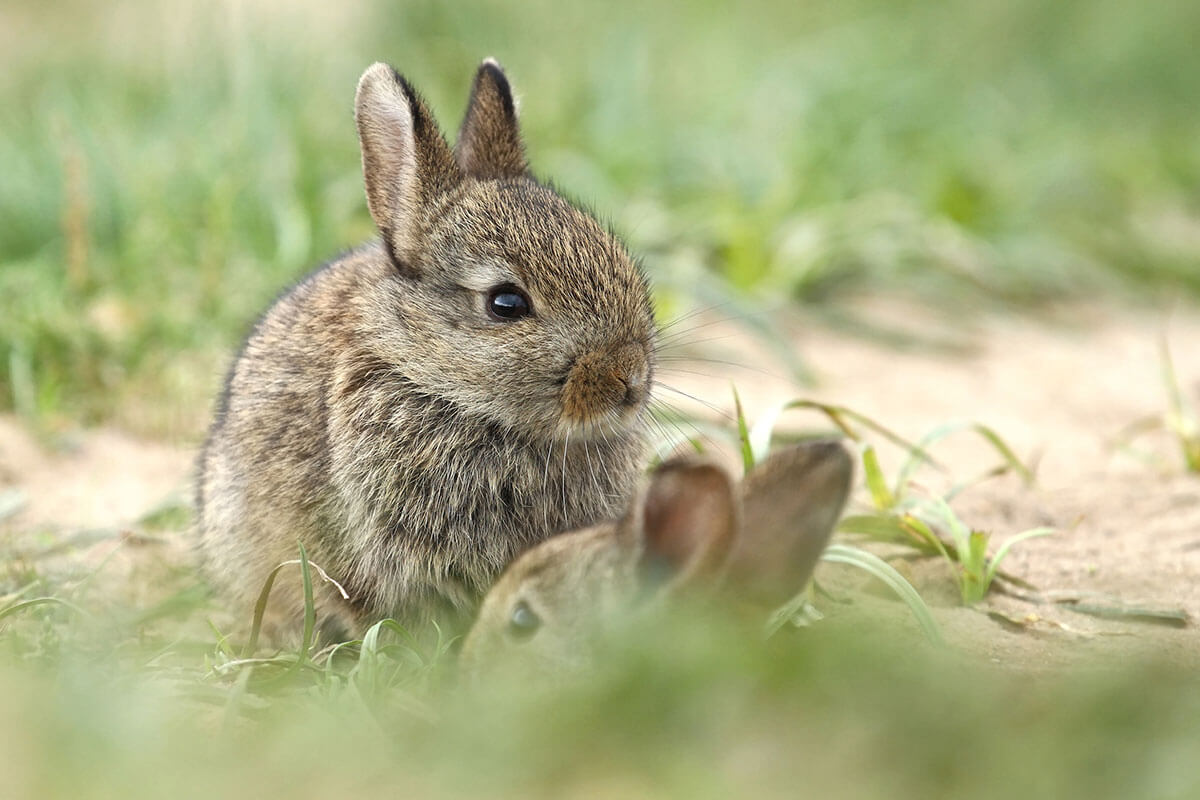
Midnight Snackers
What do sweet baby bunnies have to do with the late night hours? Read on to find out...
It’s still that time of year when we see tiny fur babies in the wild, so we’re here with firsthand advice of the rabbit variety. As lawns are being mowed or we’re just enjoying the outdoors, it’s not uncommon to come across "orphaned bunnies." According to our research, we should NOT assume they are truly orphaned or abandoned! The best thing you can do when you see a little one hopping around by itself is LEAVE IT ALONE. If you know the nest has been destroyed, put it back together as best you can (and pop them back in.) Nests are usually burrowed into the dirt and lined with dry grass and fur. Here’s the key information, though... during the day, the babies are mostly on their own. The mothers come back to feed them during the late night hours and only for about 5 minutes. If the mother can’t find her babies, she will call them. TRUE STORY! If she can’t find them she will continue to come back and call for several nights. If you need to move the nest for safety reasons, try to keep it within 10' from where the original nest was.
For more great information, check out this site www.rabbit.org/faq-orphaned-baby-bunnies/
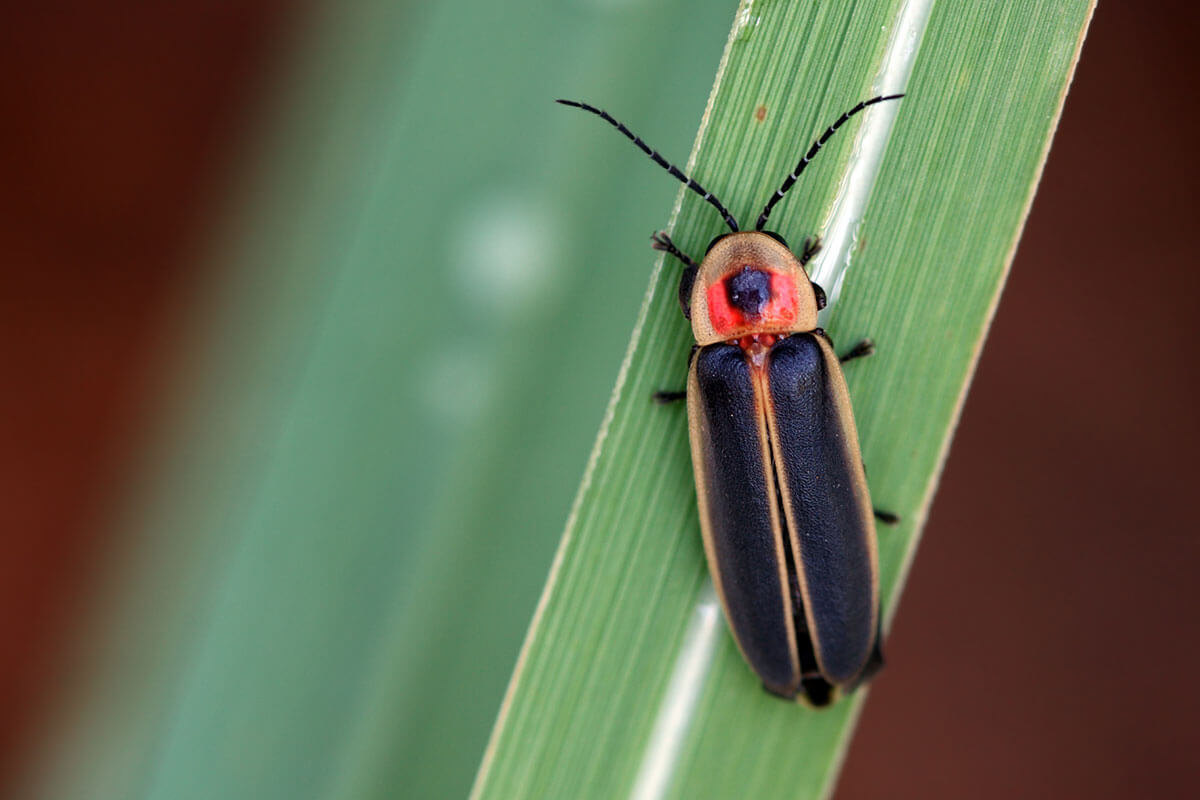
Nature’s Night Lights
There’s just something mysterious and fascinating about Fireflies, (also known as Lightning Bugs), that sparks the inner child in all of us. With many species of these beetles worldwide, 175 of those are located right here in North America... and their "glowing" facts are universal.
Fireflies are the world’s most efficient light producers according to scientists, and all firefly eggs, larvae, pupae and beetles are bioluminescent (produce light.) In the larvae stage they’re often called “glow worms,” (which can be a fun thing to look for on night walks.) Since their diet consists of many garden pests, the lightning bug and larvae are great to have around. So LOVE YOUR LIGHTNING BUGS! Feel free to catch them with the kids. Just show the little ones how to handle them gently, and release them after a few hours.
Check out www.firefly.org for more info on these amazing beetles!

Night Birds
Oh those beautiful intriguing sounds of the late night hours... ever wonder what they are? Some of those mysterious songs are coming from Owls, Nightjars, Nighthawks, Night Herons or (depending on where you are) Nocturnal Seabirds.
Find out more about these incredible night-lovers at www.allaboutbirds.org (type in the name of the bird you want to hear/learn about) or click the link below to get started...
www.academy.allaboutbirds.org/peek-at-night-birds-while-hearing-their-nocturnal-calls/
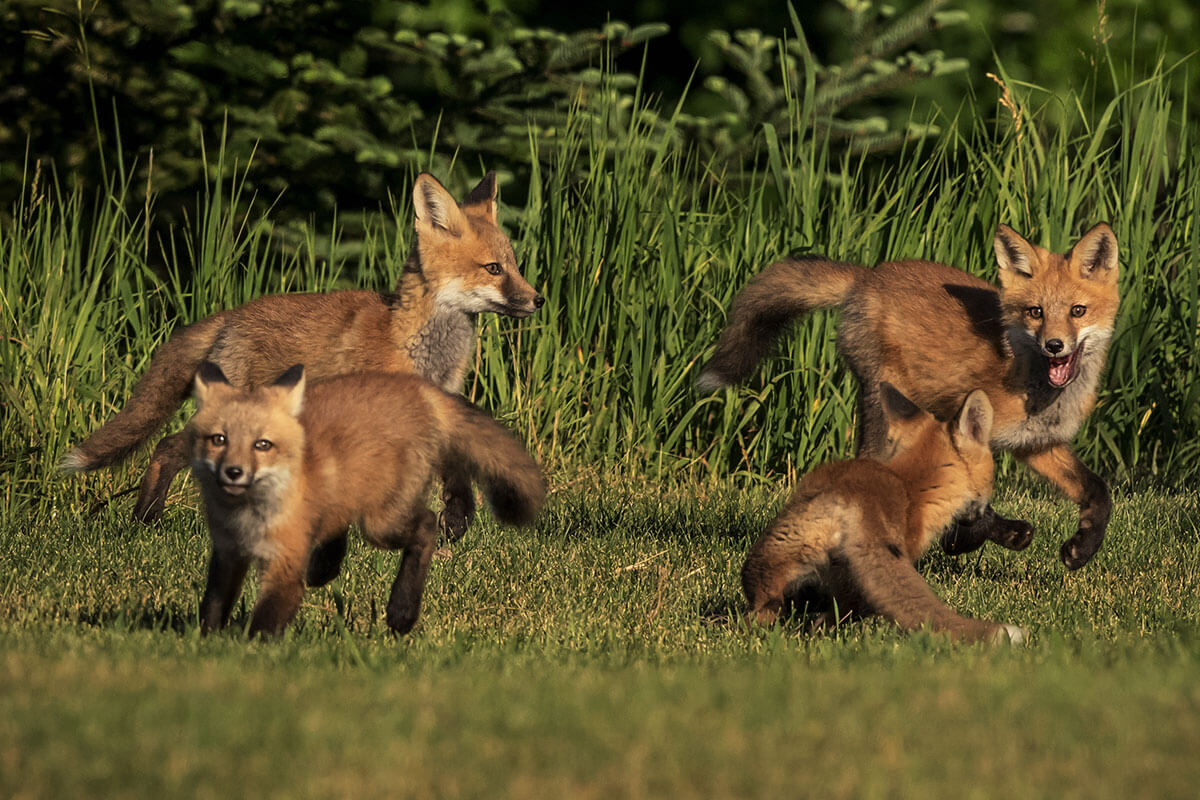
Sly Fox
Sly is an understatement when it comes to the fox. Most people are surprised to find out that there are foxes in their neighborhood and that they likely visit our campsites or backyards... even in the city! The American Red Fox is a clever one indeed. As the city moves in around them, they simply change their ways to adapt to the new environment.
Although nocturnal, the fox will sometimes come out in daylight to soak in the heat of the sun, but their young (kits) might just be out to play! They’re often observed at dawn or dusk. [Note: Foxes are non-confrontational and won’t attack humans (even children) unless cornered.]
Built like a dog, with many cat-like behaviors (like pouncing on their prey), the fox is beautiful to behold. Check out this site for more info and to hear their calls, so YOU can observe one of these fascinating creatures FIRSTHAND!!
www.welcomewildlife.com/red-fox/
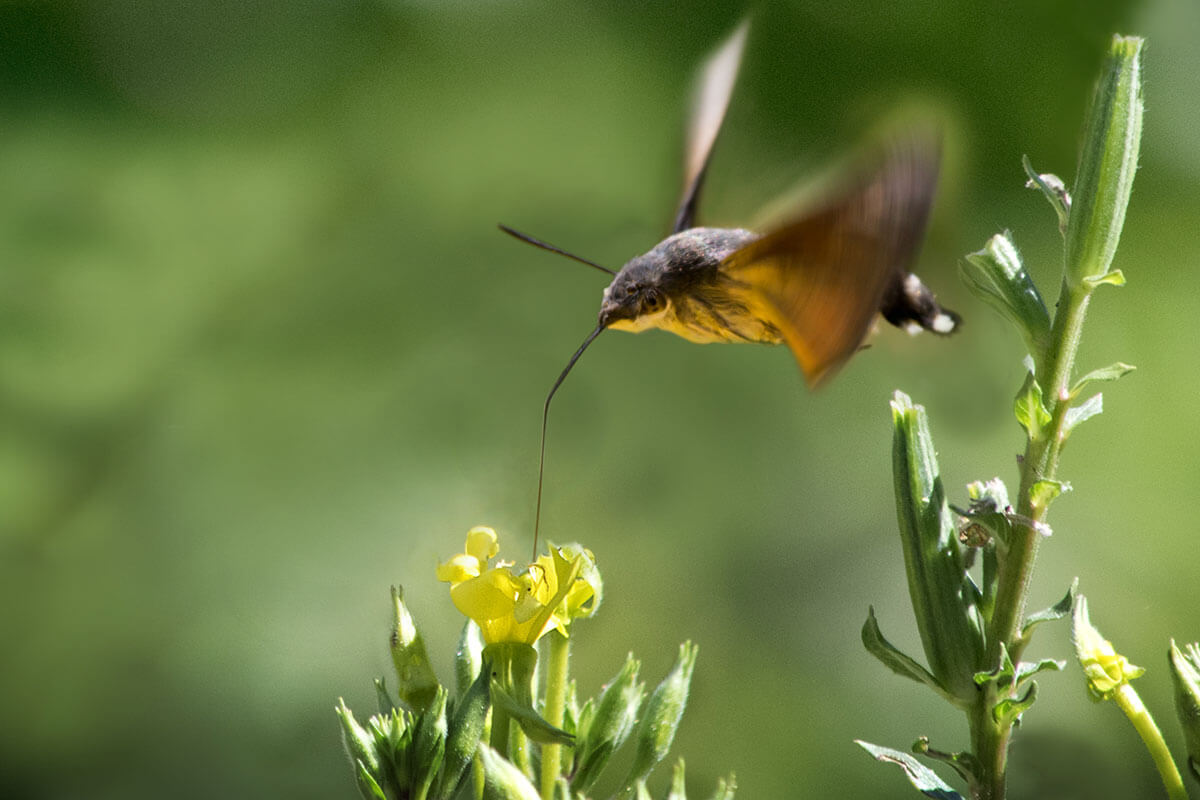
Hummingbird... MOTH
The native flower, evening primrose, appears in several varieties that bloom after dusk (spring to fall) and fill the air with their sweet perfume. The bright 4-petaled yellow flowers are visible to nighttime pollinators, making them especially desirable to the hummingbird/sphinx moth.
These interesting hummingbird moths flit around to sip nectar from their favorite flowers, hovering AND fly sideways.. moving at high speeds (up to 30 mph.) Some varieties of this plump wonder do their business during the day, and are often mistaken as hummingbirds by gardeners. Watch for them in your yard or while hiking near open meadows or forest edges!
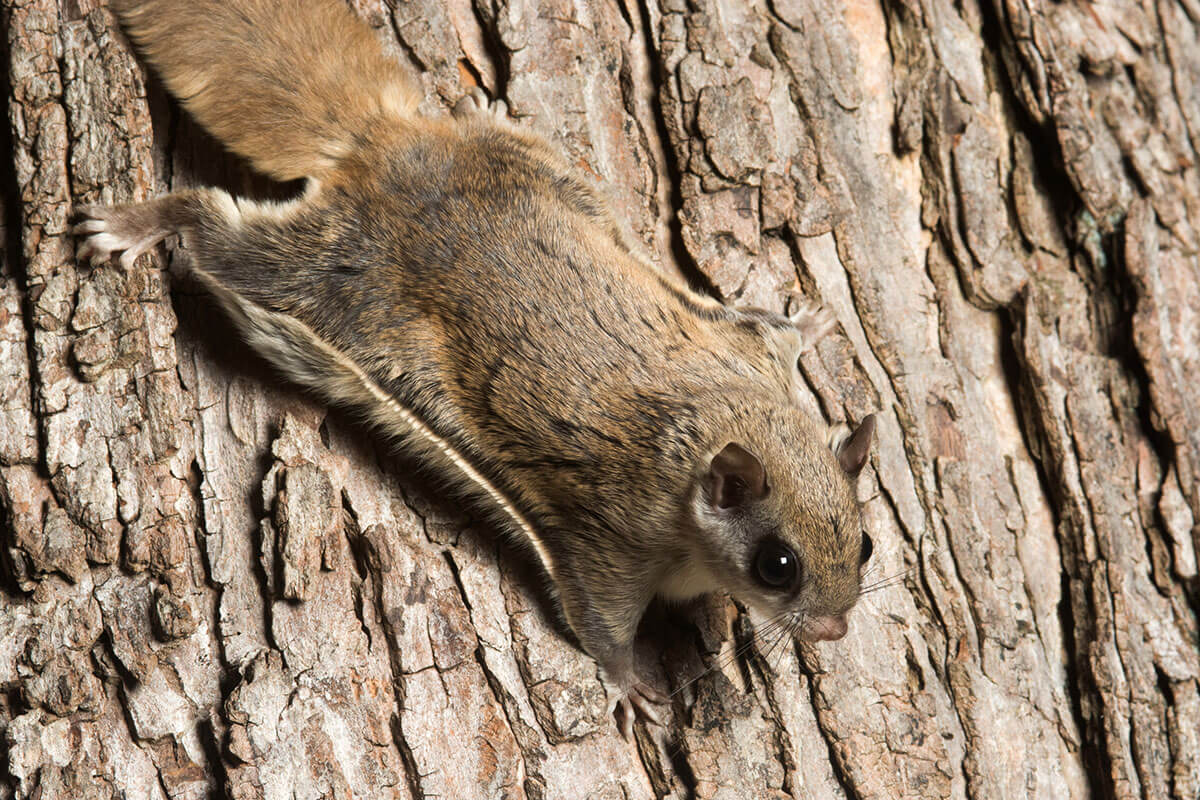
Flying Squirrels
It’s a bird. It’s a plane. It’s a... flying squirrel? With adorable big eyes for enhanced night vision, the flying squirrels of North America take the prize in the “cuteness overload” category. So why do we rarely see them? They small, quick and nocturnal.
While we’re all still enjoying the warmth of summer, two species of flying squirrels are gliding from tree to tree under cover of darkness. Known to be found in old growth woods, they often take up residency in hollow trees, using a woodpecker hole as an entrance.

Coyote
Although, technically, the coyote is active both day and night, you’re more likely to see most coyotes during late evening, night or early morning as they hunt food. Though sometimes simply misunderstood, coyotes are the stuff legends are made of... literally. Many Native American legends involve the coyote.
General rules about coyote: never feed them, never approach them on purpose, be prepared to shoo them off if there is an inadvertent encounter. Pupping season is March through September, so while camping and hiking be aware of coyote dens and give them their space. As always, remember they predators and are in the upper part of the food chain. Steer clear whenever possible.
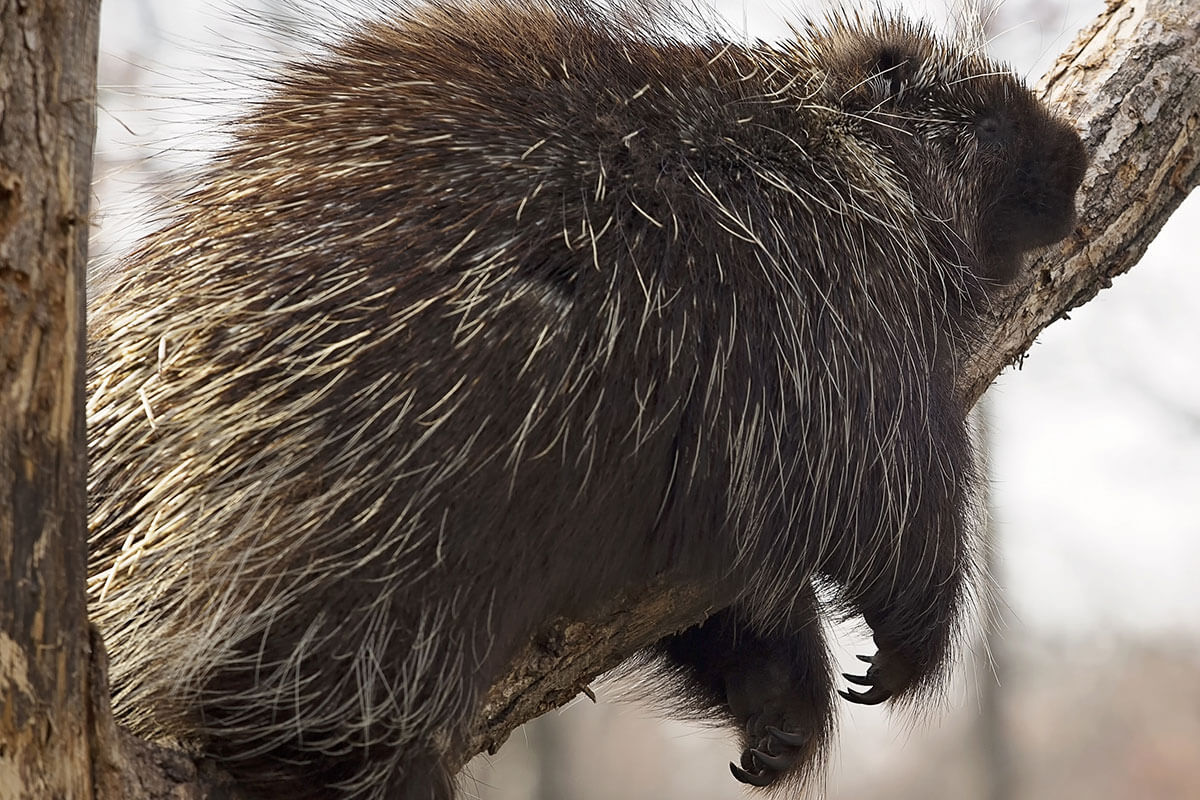
Shake, Rattle & Roll... Porcupine
Meet the North American porcupine. Known to be solitary creatures, the porcupine spends its days sleeping and it's night foraging for food. Worried about those long, sharp, scary looking quills? Many stories about porcupines are highly exaggerated. Fact: porcupines don't “shoot” their quills, they are merely loose so they detach as the porcupine backs into its adversary. A warning from a porcupine might include shaking and rattling its quills. In upper peninsula Michigan and Canada, porcupines are often located high in cedar trees. Signs of tree occupancy include shredded bark on the ground encircling the base of a tree, and/or a dark liquid (urine) on the ground, smelling strongly of cedar. No worries though, porcupine are herbivores and non-aggressive unless threatened. So if you are camping in a North American state (which includes most of Canada,) or the western part of the U.S., be on the lookout for one of these on your night hikes, or just try to spot one snoozing in a tree during the day.

Armadillo... We’re Diggin’ It
Armadillo, meaning “little armoured one” in Spanish, are born diggers. The nine-banded armadillo is located in the southwestern part of the United States, and yet we all know what they look like and at least a little bit about them. Armadillo need a warm climate and are susceptible to cold temperatures due to low body fat. Though armed with teeth and strong claws, these night wanderers are not likely to bother humans or pets. The armadillo’s diet is made up of reptiles, small invertebrates, several types of eggs as well as some fruit and plant matter. Fun fact: this tiny armored wonder is only about the size of a cat, but it can jump 3 - 4' straight up in the air when extremely frightened.
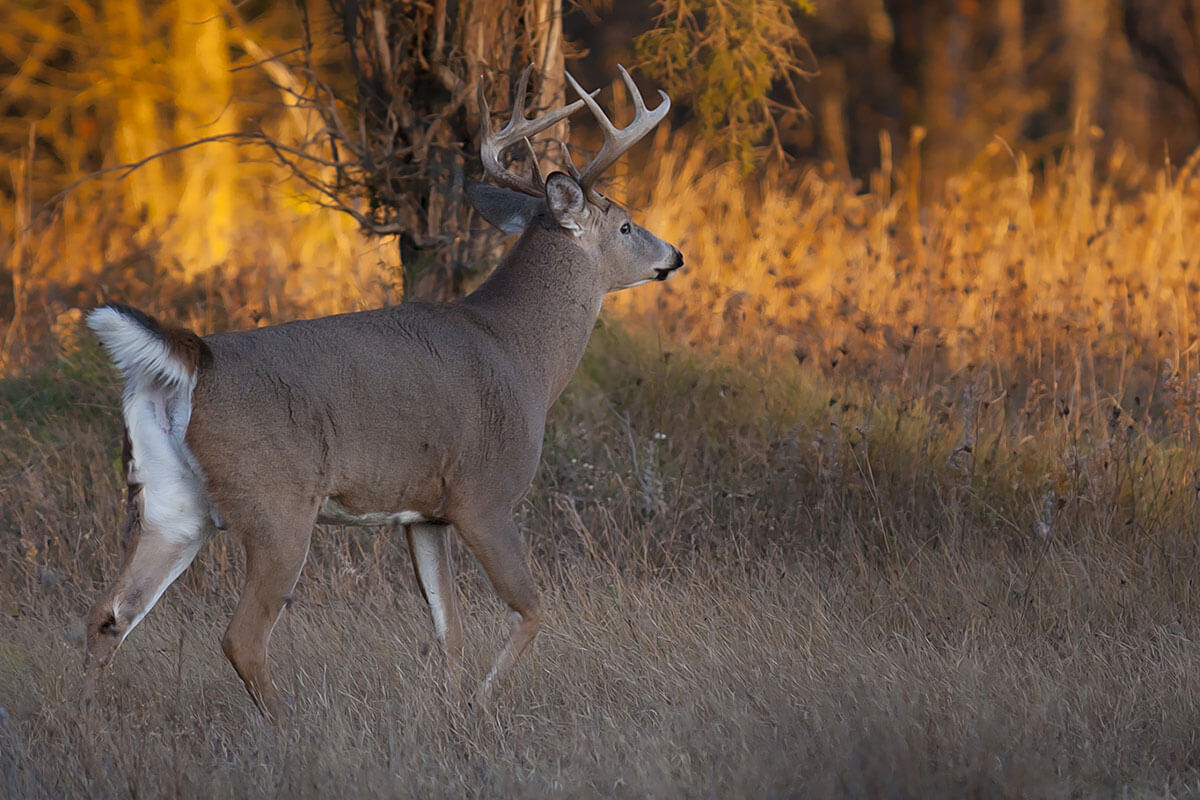
White-Tailed Deer
Deer... nocturnal? White-tailed deer are located throughout most of the U.S. as well as the southern regions of Canada. Most of us are pretty familiar with them, yet it seems much of what they do happens as the sun dips low. With an occasional outing during daylight hours, deer do the majority of their browsing at dawn, dusk and even at night. Generally shy toward humans, the white-tailed deer are fun and safe to observe. Always be aware, however, of hunting seasons and dress appropriately!
